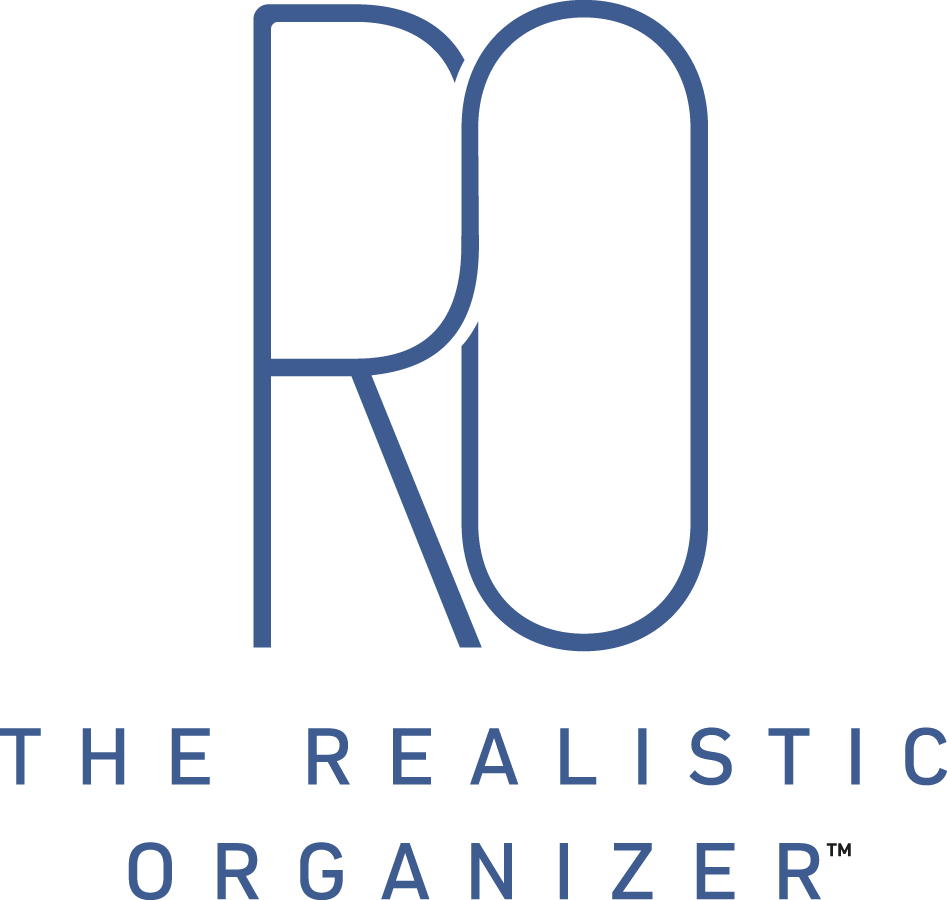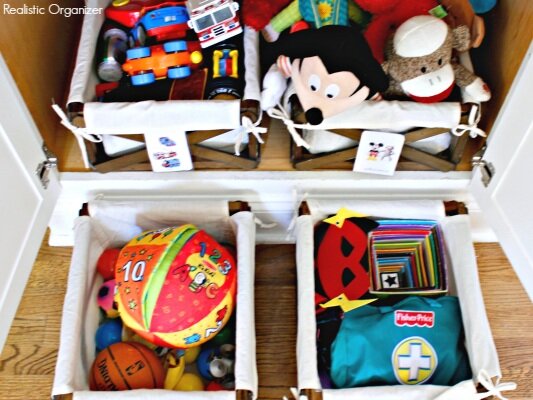Organizing Children's Toys
Over the course of the past year, I've been asked repeatedly for tips and tricks in organizing children's toys. It's something that I think most moms stress about. Toys are chaotic. They're loud and overwhelming. I think we all would like some sort of order when it comes to children's toys, but there are just so many, and they always seem to be all over the floor, how in the world could it ever be organized??
Although I only have about 1.5 years of experience in organizing my child's toys, there are some methods that I have found helpful and that save my sanity, which is critical when caring for tiny humans. Separating toys into categories, using containers and labels, and having toys in every room (allow me to explain below), are three simple ways I have been able to tackle the chaos of toys.
Separate into Categories
Separating toys into categories helps to keep toys organized, quickens clean up time, and makes it easier to keep track of toys (i.e. fewer missing toys). Most toys can be separated into categories based on items, i.e. balls, cars, dolls, puzzles. Or, toys can be categorized by activity, i.e. crafts, outdoor toys, music.
Not all toys will fit into a category nicely, so we have a miscellaneous basket in our toy storage spaces. This space holds all of those random toys we've accumulated that I would so love to throw out but for some reason J deems them his favorites and goes looking for them any time I try. "Mommy, pen? Mommy, pen?!!?" (searching for the windup pinwheel flower pen we own and is now a child's toy, clearly)
Toys can also be separated into age level, which is something we have recently incorporated as well. The toys N plays with vary significantly from what J is entertained by. So N has a container just for his toys. As he grows, so will his need for space, but for now one basket is just enough.
Use Containers
Bins, boxes, baskets, you name it, anything that makes it easy to move, store, and contain toys is ideal.
There are so many options out there and choosing a container completely depends on your preference and space. The way we store toys completely depends on the room. In our living room, I'd rather it not feel overrun with toys, so everything is stored in baskets in our cabinet.
In our basement, toys are out, ready to be grabbed and played with at any time. This is J's play area so I'm perfectly happy having toys out on display.
I like to make it easy for J to get his toys himself. Unless he needs to be supervised while using it, all toys are stored in a location he can easily reach and get to without any help.
I've also designated a drawer in our kitchen for craft supplies for J. While I'd love to say we have designated craft time in the basement on our craft table, with all of the appropriate mess prevention supplies in place and the two of us sitting down, dedicating time to each other and completing a cute little craft together. We do not. At all. Not even close.
Supplies are pulled out while I try to make dinner (on the one day a week I attempt it) I push J up to the counter in his Kitchen Stand (which I LOVE!! If you have a child who likes to "work" at the counter as well, this little stand is worth every cent. He loves to "help" and it's easy to fold up and store away (if you ignore all of the safety suggestions, as I like to call them))... Ok, where was I? I just did a parenthetical within a parenthetical. Sorry about that. Anyway, I push J to the counter, give him all the messy craft supplies, then wipe down the counter when he's finished.
Labels
It's no shocker that I love labeling but labeling children's toys goes beyond that. It not only give me sanity, but also helps when putting toys away and helps teach J to "read". It may start with reading the images, but it can grow into also reading the words.
My favorite way to label children's toys is with a picture of their toys as well as text. It recently dawned on me that I could do this in two languages. Why not, right? Help teach my child another language at the age when their brain is a sponge, AND get them to put their toys away. I mean, come on, no brainer right? Just means I need to redo all the labels now.
Here is a quick How-To for creating these easy labels.
Supplies:
Printer
Directions:
Separate your child's toys into categories. This can be done however you'd like, just figure out what works best for you and your child(ren).
Take some time to google a couple images of toys in that category. I like to find images of toys the child owns. Rather than just any random car image, I'll find an image of a specific car toy that J has and plays with frequently.
Add the image(s) and category title to your template, I use PicMonkey to create each one then print them from Word.
Print. Cut. Place. Complete.
Toys in Every Room
Ok, so this doesn't really sound "organized" but I promise it helps. First, think of the rooms you go in most often. For us, it's our bedroom, the boys' rooms, living room, kitchen, and basement. And in each of these rooms, there is a designated toy space.
This helps to entertain J while I'm feeding or changing N in his room, or while we're trying to get dressed and brush teeth in our room, or while preparing dinner or unloading the dishwasher in the kitchen... You get my drift.
Additionally, every now and then I'll switch up toys. So toys that are typically stored in the basement, I'll bring upstairs to the living room. This is classic toddler trickery. The same toy that he's been playing with in the basement for weeks now becomes a brand new gift when moved to the main floor.
Also, do not underestimate the power of books. In each room, we have at least a small stack of books. On a good day, definitely not every day, J will sit and be entertained by books for at least 5 minutes. They are the most beautiful 5 minutes ever. Also, books are easy to store, don't take up too much space, and are easy to clean up.
Categorizing, containing and labeling toys does not mean your home will automatically be organized with no toy clutter. But it does help. It also takes maintenance. Despite J "cleaning" and putting toys away, there are always a few stragglers, so I tend to make sure everything is put away before we all go to bed. I truly believe it helps us have a more organized and less chaotic morning.
Eventually all of the toys come out and scatter everywhere, but our system for putting toys away helps mommy not become Nurse Ratched, which makes everyone's day a little better.
Thanks for visiting!

















